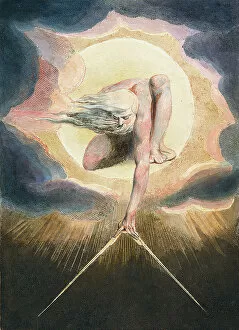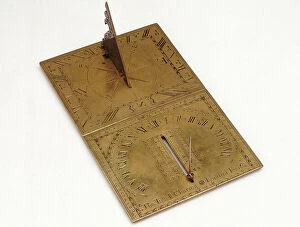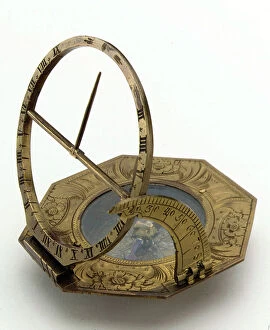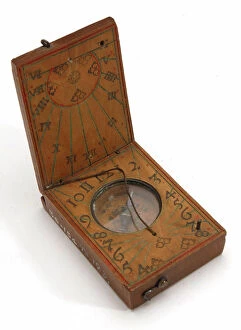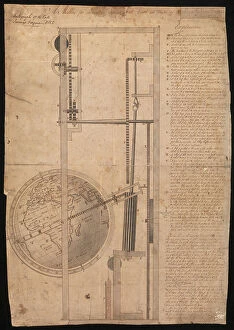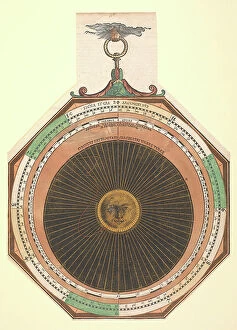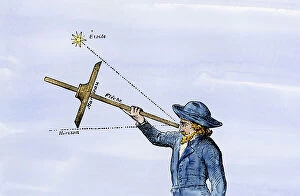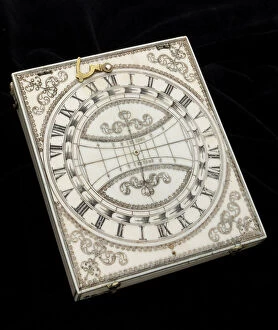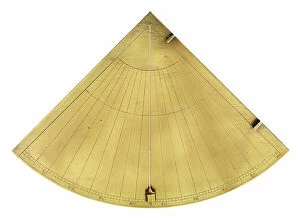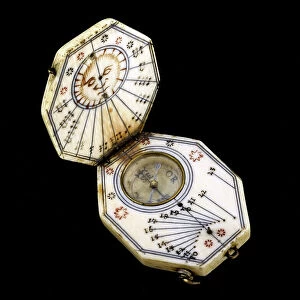Weight And Measurement Collection
"Exploring the Depths of Weight and Measurement: From Ancient Times to Modern Tools" The Ancient of Days - Urizen measuring out the material world
All Professionally Made to Order for Quick Shipping
"Exploring the Depths of Weight and Measurement: From Ancient Times to Modern Tools" The Ancient of Days - Urizen measuring out the material world: A captivating depiction of ancient measurement techniques, showcasing the meticulous precision required in understanding weight and dimensions. Artist drawing a lute, 1525 (woodcut): This woodcut not only showcases artistic talent but also highlights the importance of accurate measurements in creating harmonious musical instruments. Thermometer of the Accademia del Cimento, c. 1650: An intriguing object with clusters of bulbs containing liquids and glass beads, demonstrating how density variations were utilized for precise temperature measurements during this period. Triangulation instrument in gold brassed, 16th century: A stunning example of craftsmanship combined with mathematical precision, emphasizing how triangulation played a crucial role in land surveying and map-making centuries ago. Set containing mathematics instruments from late 16th century: Brass tools like squares, compasses, pendulums, and rules served as indispensable aids for mathematicians and engineers striving for accuracy in their calculations. Apocalypse Tapestry or Apocalypse of Angers, 1375-80 (tapestry): Amongst its vivid scenes depicting biblical events is an underlying theme that emphasizes mankind's quest to understand celestial movements through careful observation and measurement. L'Assiette au Beurre - Satirical en couleurs (1902): Through thought-provoking illustrations accompanied by biting satire, this publication shed light on societal issues such as economic disparities that could be measured both quantitatively and qualitatively. The Butt Loaded With Sponges. . Engraving from "A Hundred Fables of La Fontaine": This whimsical fable reminds us that even seemingly insignificant objects can have measurable impact when placed within certain contexts—a lesson applicable beyond just weights and measures. Timedial in gold brassed by Christoph Schissler, 1599.

